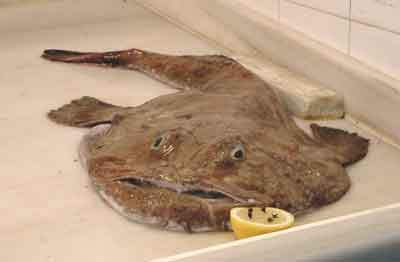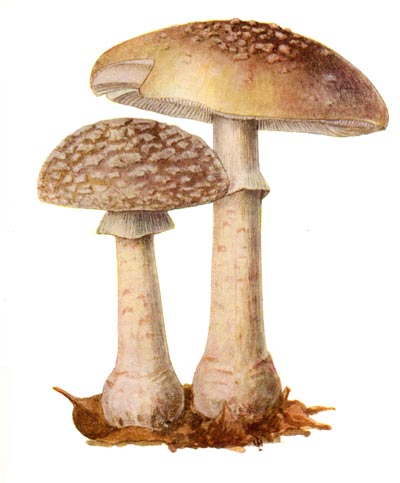A porridge from Corsica made with chestnut flour, sometimes sweetened, and goat's milk or cream. It may be served with grated cheese.
A fresh, mild, usually unsalted, Corsican sheep's milk cheese sometimes with added goat's milk. It is sometimes made from the whey from cheeses such as Veneco and is made on farms. It has an oily texture and is sometimes salted and is generally eaten fresh from the end of autumn (US: fall) to the beginning of spring, within two days of being turned out of cane moulds. Otherwise, it can be salted and matured. When it has dried it is wrapped in dry leaves of asphodel (a garden perennial plant) and stored in a cool place. If it is used in this form it must be desalted for some time in cold water. It is similar to Brousse and Ricotta. (AOC-1988).
A fresh, mild, usually unsalted, Corsican sheep's milk cheese sometimes with added goat's milk. It is sometimes made from the whey from cheeses such as Veneco and is made on farms. It has an oily texture and is sometimes salted and is generally eaten fresh from the end of autumn (US: fall) to the beginning of spring, within two days of being turned out of cane moulds. Otherwise, it can be salted and matured. When it has dried it is wrapped in dry leaves of asphodel (a garden perennial plant) and stored in a cool place. If it is used in this form it must be desalted for some time in cold water. It is similar to Brousse and Ricotta. (AOC).

A Corsican name for garfish. A striking, beaked, marine fish up to 60 cm (2 ft) long, with a backbone which turns bright green on cooking and a delicious flavour, found on most European coasts.

Monkfish (US: angler fish). A fish with a sweet flavour and succulent firm flesh but with the ugliest appearance imaginable. It is found in the Mediterranean and Atlantic, in coastal waters of north western Europe. It can be recognised by its large head and fan-shaped fins. The fins and the operculum are spiny. It can be eaten fried or in soup. The larger fish often have better flavour. It has a hideous head, which is why it is usually displayed without it, and a muddy colour. It is known as the anglerfish as it bears on its head a 'rod' and 'lure' which attract its prey. The meat of the tail is sweet and succulent - almost like lobster meat, entirely compensating for is appearance. The flavour may well be assisted by its own diet which is high in shellfish. The best monkfish are Lophius piscatorius and the similar Lophius budegassa, the favourite of the Spanish. American monkfish or goosefish (Lophius americanus) is considered inferior, while New Zealand monkfish (Kathetostoma giganteum) is related to the stargazer and is only fit for soup.

Fly agaric. A type of mushroom, the classic red with white spots. Famous for its psychoactive hallucinogenic properties this is the magic mushroom and is actually poisonous to eat.

The blusher. The one problem with this mushroom is that, whilst edible itself, it closely resembles others that are poisonous, including the death cap. It must be cooked as it contains a toxin which is destroyed by heat, like kidney beans. The most identifiable thing about it is that this reddish brown mushroom with pinkish grey scales and a white stem colours pink to red at sites of damage or bruising. The gills and flesh are white, also becoming red or pink on bruising. It is most commonly found in beech woods in summer to late autumn (US: fall). Also look closely at the ring on the stem. This should have lots of fine grooves on its upper side, unlike another poisonous mushroom which it closely resembles, the panther cap.